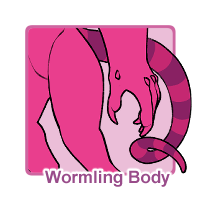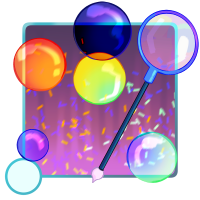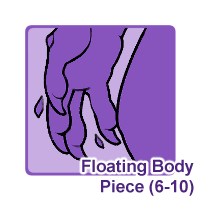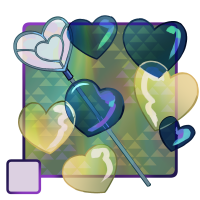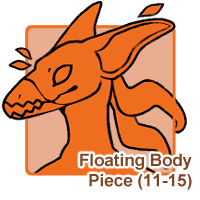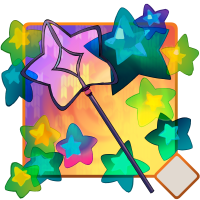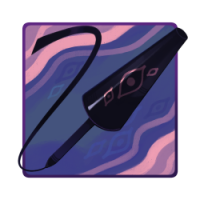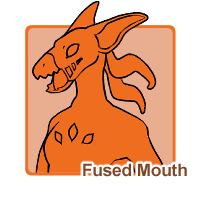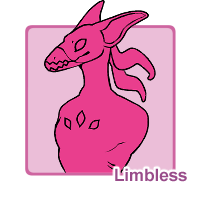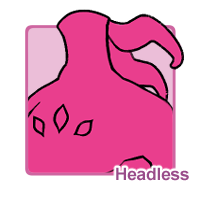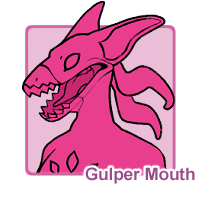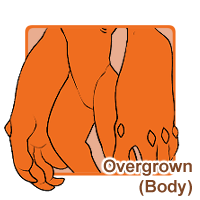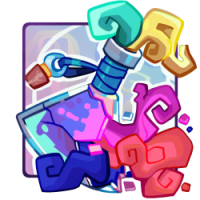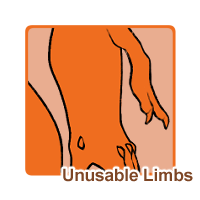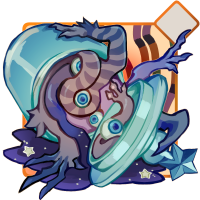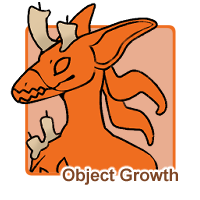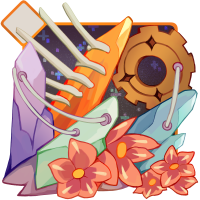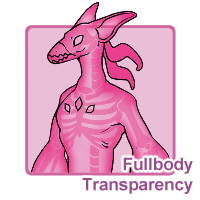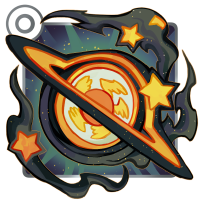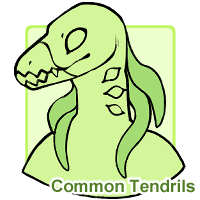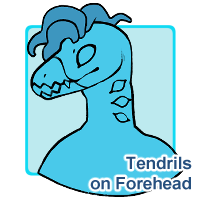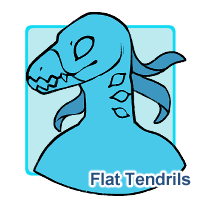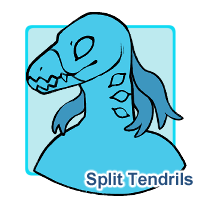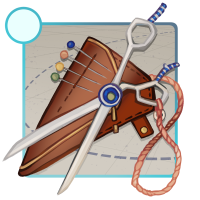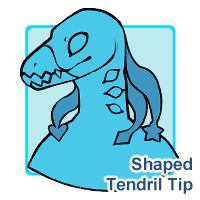Traits
[ Click here for Visual Sorter! ]
CCCat Mutation (Oddity)
[Crook loses its true and cluster eyes and develop traits mimicking a CCCat]
REQUIRED -
- Crook loses both true and cluster eyes, gaining instead an external eye. External eye uses CCCat Eye Traits, including living color range rules
- Wormling becomes the tongue, and is longer than standard. Tongue uses CCCat Tongue Traits, including living color range rules
- OPTIONAL -
- Have a Neck with an eye pouch
- Have crowns dispersed across the body, following the behavior of clusters. Crowns can be clustered anywhere on the body, and can cluster symmetrically. Crowns follow CCCat Crown traits. Can be affected by cluster placement traits
- Additionally the Crook may have both tendrils and crowns, or lose their tendrils
- Lose knuckle bones
Wormling Body (Crooks) (Unseen Affliction)
[Part of the body is replaced by the wormling, such as the tail, arms, legs, or neck]
- Wormling replaces a single part of the body
- Examples: Tail, Leg, Arm, Neck, Body
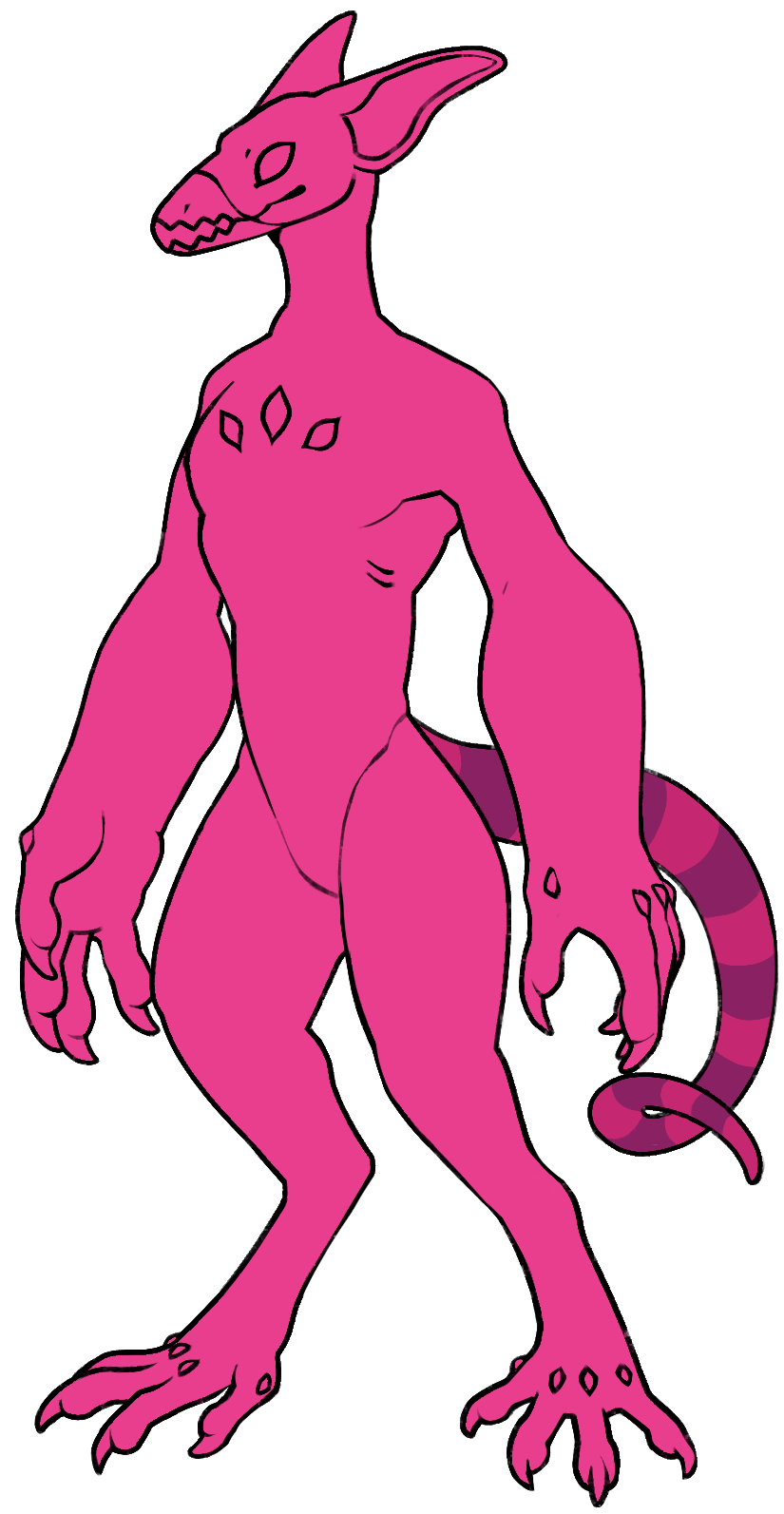
Floating Body Piece (1-5) (Crooks) (Uncommon)
[Small, shaped object floating separately from the body]
- Must be an extension from an existing part, such as an ear, horn, tail tip, fur, etc.
- Must match a color that appears on the body, but may have patterning and be affected by marking traits
- May be shaped as long as they appear to be a continuation of a body part
- May be symmetrical or asymmetrical
- Cannot resemble objects
- Cannot be shapes that float around the body purely independantly

Can be applied by:
Floating Body Piece (6-10) (Crooks) (Rare)
[Small, shaped object floating separately from the body]
- Must be an extension from an existing part, such as an ear, horn, tail tip, fur, etc.
- Must match a color that appears on the body, but may have patterning and be affected by marking traits
- May be shaped as long as they appear to be a continuation of a body part
- May be symmetrical or asymmetrical
- Cannot resemble objects
- Cannot be shapes that float around the body purely independantly
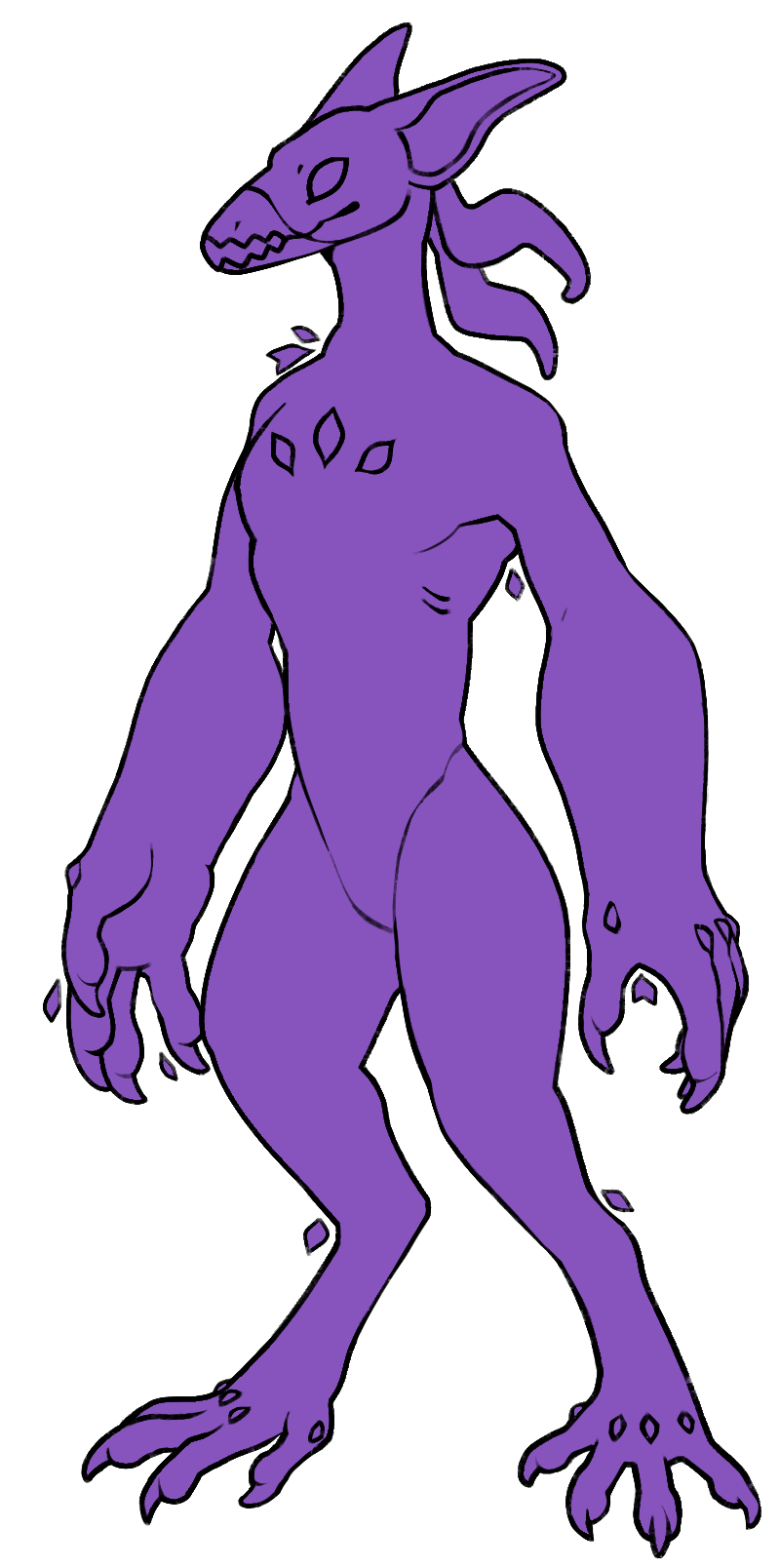
Can be applied by:
Floating Body Piece (11-15) (Crooks) (Myth)
[Small, shaped object floating separately from the body]
- Must be an extension from an existing part, such as an ear, horn, tail tip, fur, etc.
- Must match a color that appears on the body, but may have patterning and be affected by marking traits
- May be shaped as long as they appear to be a continuation of a body part
- May be symmetrical or asymmetrical
- Cannot resemble objects
- Cannot be shapes that float around the body purely independantly
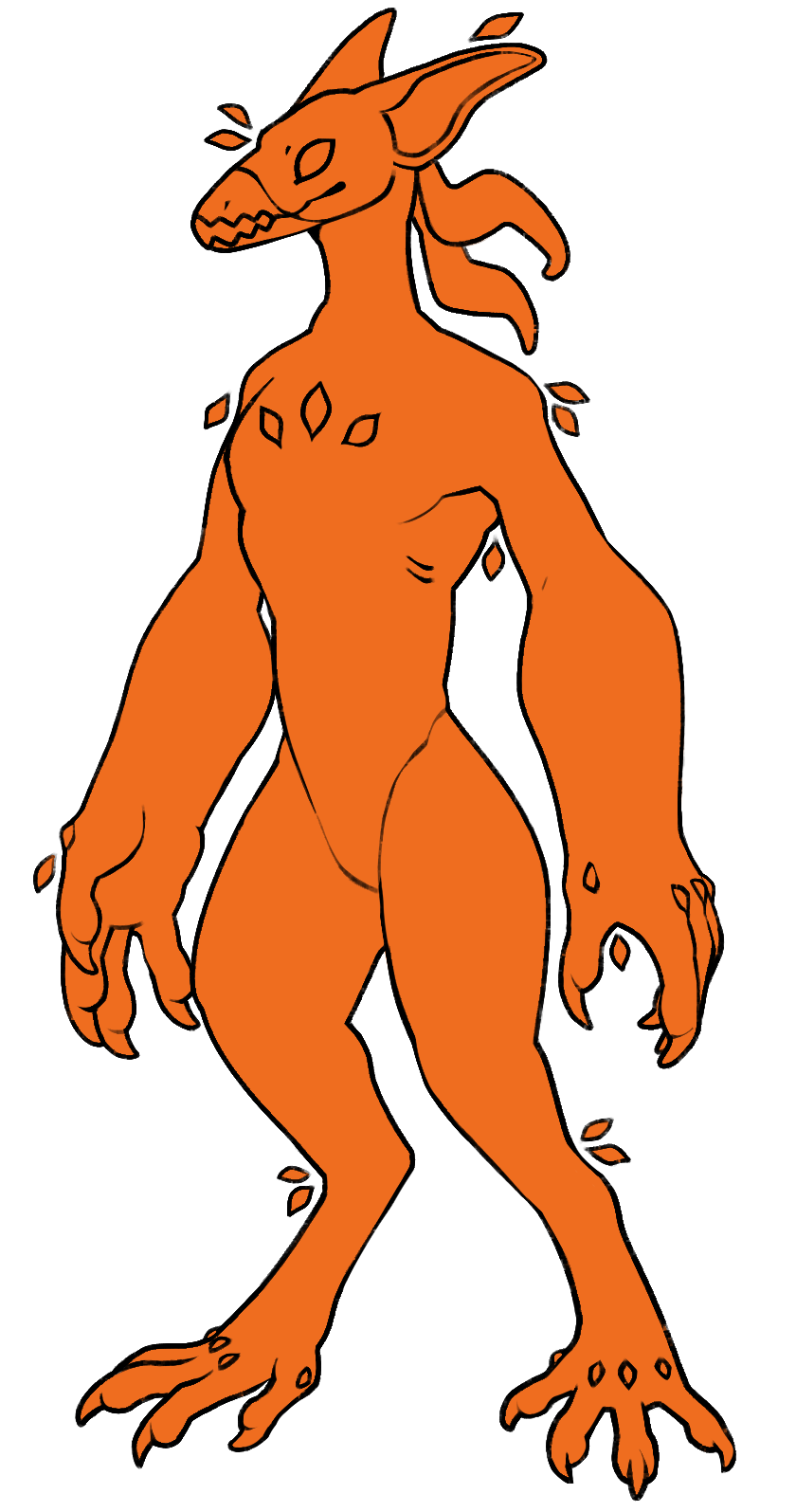
Can be applied by:
Lip Tags (Crooks) (Uncommon)
[The lip has protruding shapes or tags]
- Lips have protruding shapes that can be pointed, blunt, drippy, zipper-like, or akin to eyelashes
- Can be droopy or more rigid
- Can be any color
- Can be linked or have holes
- Cannot appear to come from inside the mouth
- Cannot extend the entire lip
Can be applied by:
Fused Mouth (Crooks) (Myth)
[Mouth is fused via strips of skin]
- Can be straight, zig-zagged, or look semi-goopy
- Mouth can still be opened to some degree
Limbless (Crooks) (Unseen Affliction)
[Naturally missing limbs]
- Can be naturally missing one arm, both arms, one leg, or both legs. Does not need to effect the entire arm
- Missing limbs due to injury are not traited
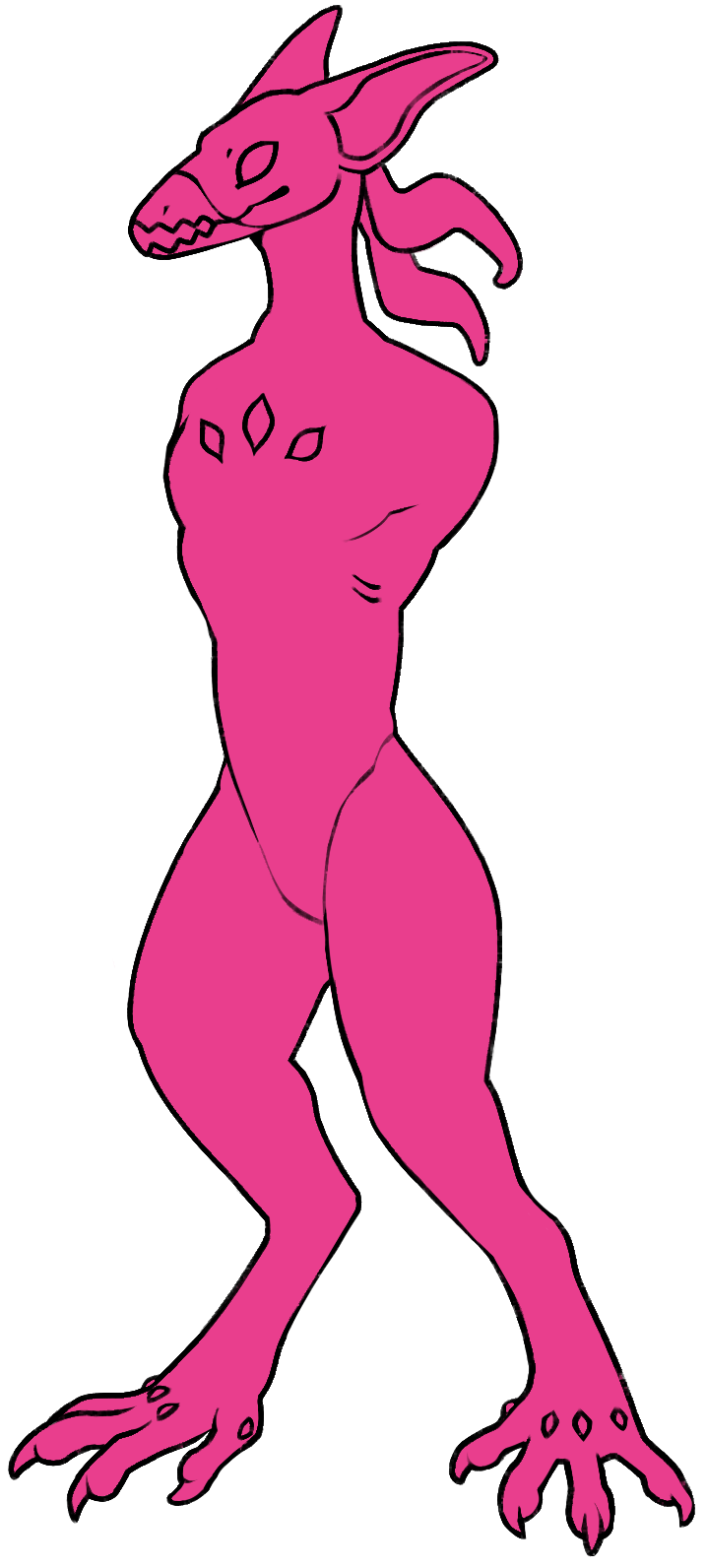
Headless (Crooks) (Unseen Affliction)
[Head is entirely missing]
- Head is missing from its standard spot on the neck
- Can expose flesh and bone that would be there had the head been severed, or may simply be a flat surface
- Tendrils and mouth will form on the next closest part, which is usually the top of the neck. Alternatively, no mouth is necessary.
- Magic may manifest as a representation of the head if using magic defect
Gulper Mouth (Crooks) (Unseen Affliction)
[Mouth extends off the face and can open very widely]
- Mouth extends beyond the bounds of the face or body, and can open unnaturally wide
Overgrown (Crooks) (Myth)
[Body parts that are very clearly larger than are proportional to the character. Specific aspects will be listed in the trait's notes on each individual design]
- Can affect both arms [includes forearms and hands], both legs, torso, neck, or more specific traits such as Horns/Spikes
- Affects length or overall size
- Cannot Affect multiple large parts of the body
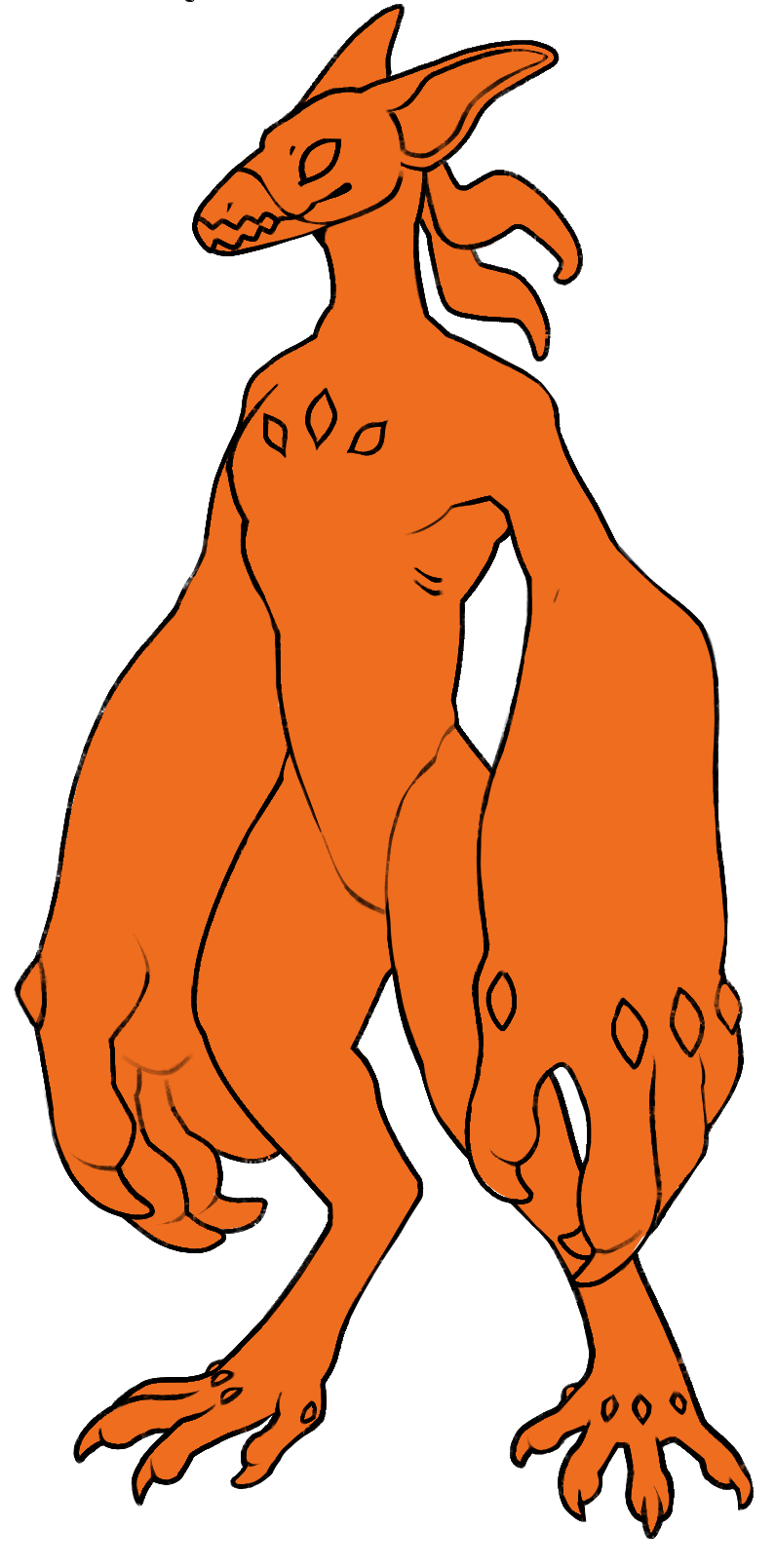
Can be applied by:
Unusable Limbs (Crooks) (Myth)
[Small additional limbs that have digits/joints that are unable to grab or grip objects]
- Limbs are smaller than standard sizing
- Limbs may be missing fingers, have digits varying in length, and have warped joint lengths.
- Limbs must have claws unless using arthropod host
- Limbs can be anywhere on the body, and be placed asymmetrically
- Limbs may appear as small bug legs if using arthropod host
- Each instance of the traits adds 2 pairs of unusable limbs (four total limbs)
- Cannot resemble standard Crook limb anatomy in shape or size
- Limbs cannot hold or grip objects, and are largely vestigial
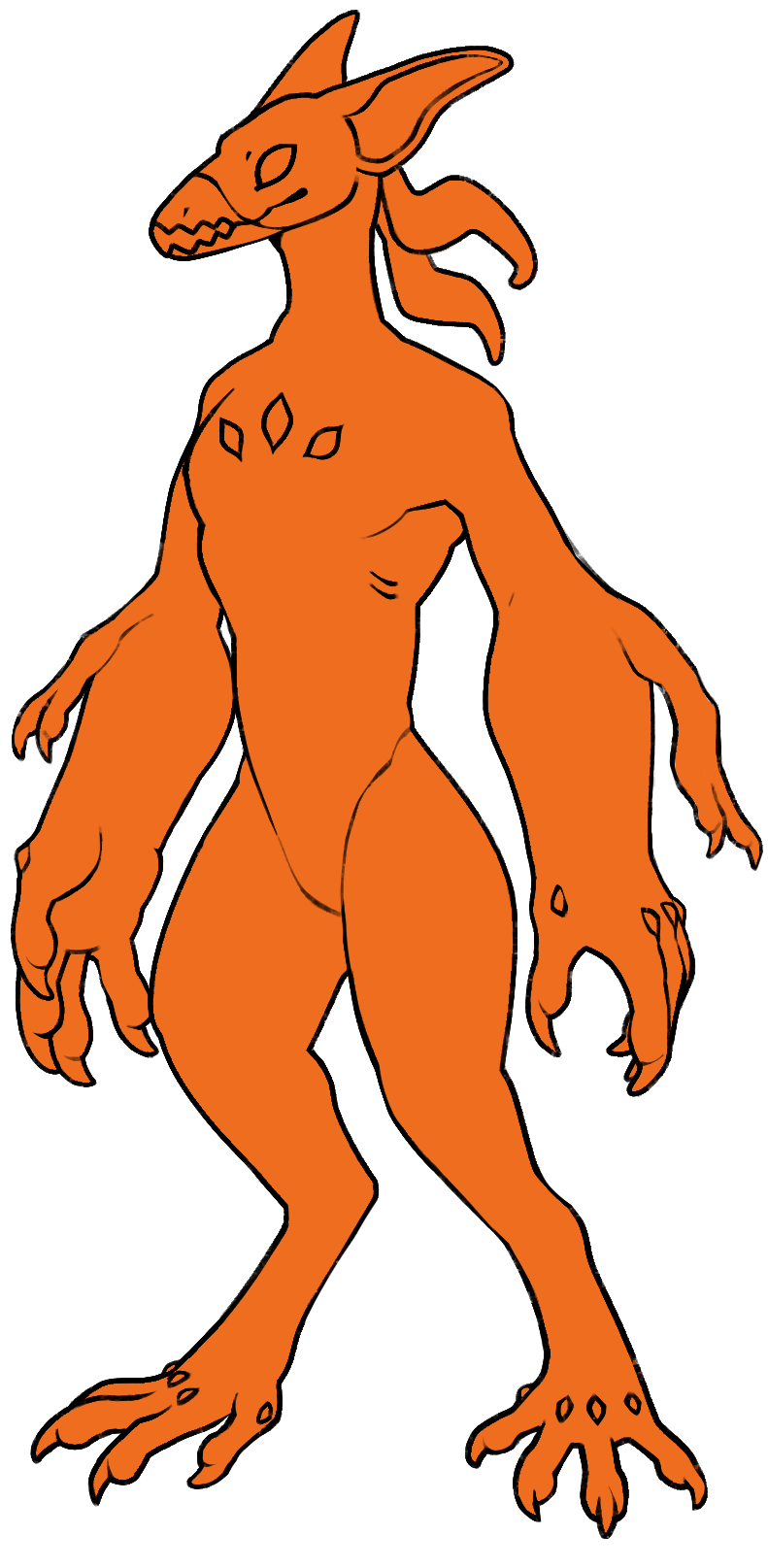
Can be applied by:
Object Growth (Crooks) (Myth)
[The design grows some form of object across its body]
- Covers one type of object even if that object has more than one material [Example: wires with plastic coating and metallic ends]
- Object Growth includes Object Tail Tip if the tail's object matches the object growth type.
- Objects with multiple parts to it such as chains or multiple materials may be used as long as those parts would naturally appear as part of that object [Example: A lantern may hang from a short chain, have glass paneling, and metal casing. It would not include extra inserts such as candles, but those could be added as accessories]
- If the object glows [Light Bulb] or is metallic [Bell], it can have those effects, but the design would still require those respective marking traits if they were to appear elsewhere on the body.
- Can simulate weapon impalement, but weapon cannot be removed
- Object growth can grow ON but not replace tendrils
- Object growth can replace knucklebones as long as a knucklebone is still represented via the object. Does not make all bones an object
- Plant Growth on top of the body is classified in the following way:
- If a plant type falls under a category listed below, it can have multiple different plants within that type shown on the body with one instance [Example: Flowers may allow the user to have roses, daisys, and tulips with one instance of the trait]
- If a plant type would naturally allow for additional aspects of it, such as a flower with a specific type of leaves, the flower may include those leaves. This does not allow for leaves to then grow elsewhere/independantly, unless accompanied by the flower [Further Example: A branch may also have leaves on it if using a type of branch that includes leaves]
- If a plant is incredibly unique such as bamboo, it may be classified under its own section and allow depiction for what the plant would naturally show.
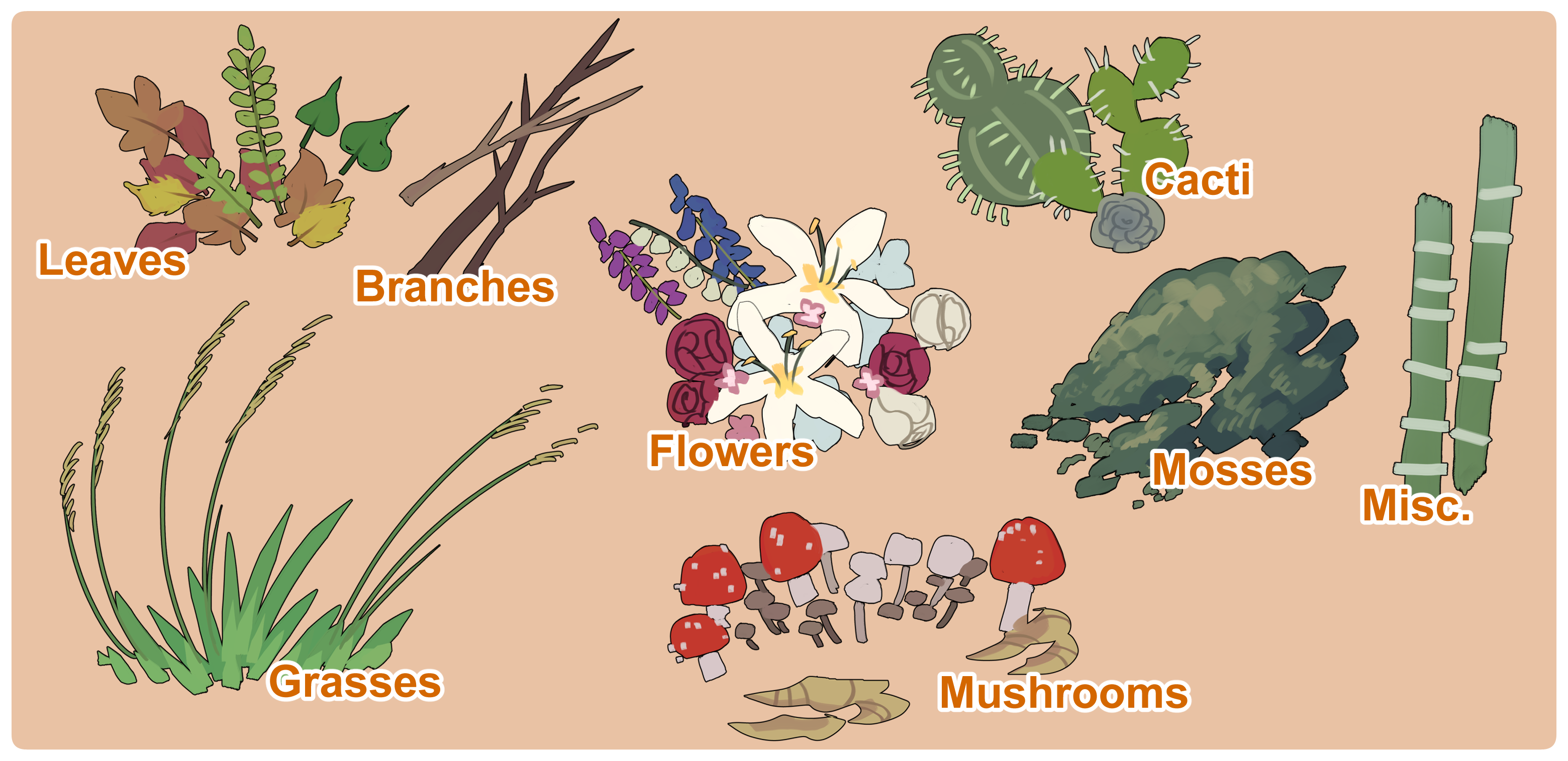
- Object growth should not replace an entire limb, and must appear as though its growing from the body rather than replacing it.
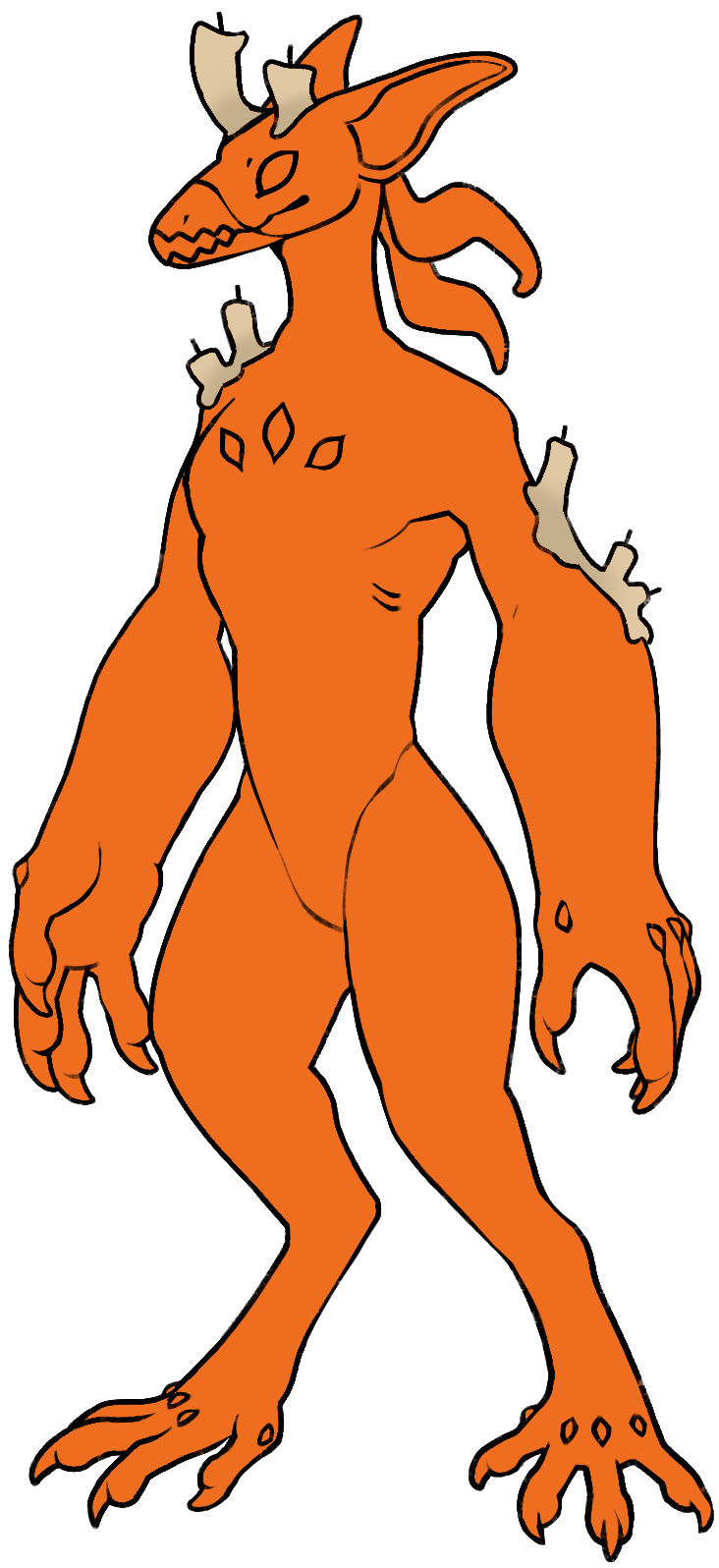
Can be applied by:
Fullbody Transparency (Unseen Affliction)
[Entire body or multiple spots on the body are transparent]
- Affects entire body
- Affects only the flesh
- Bones and organs can be visible through the transparency
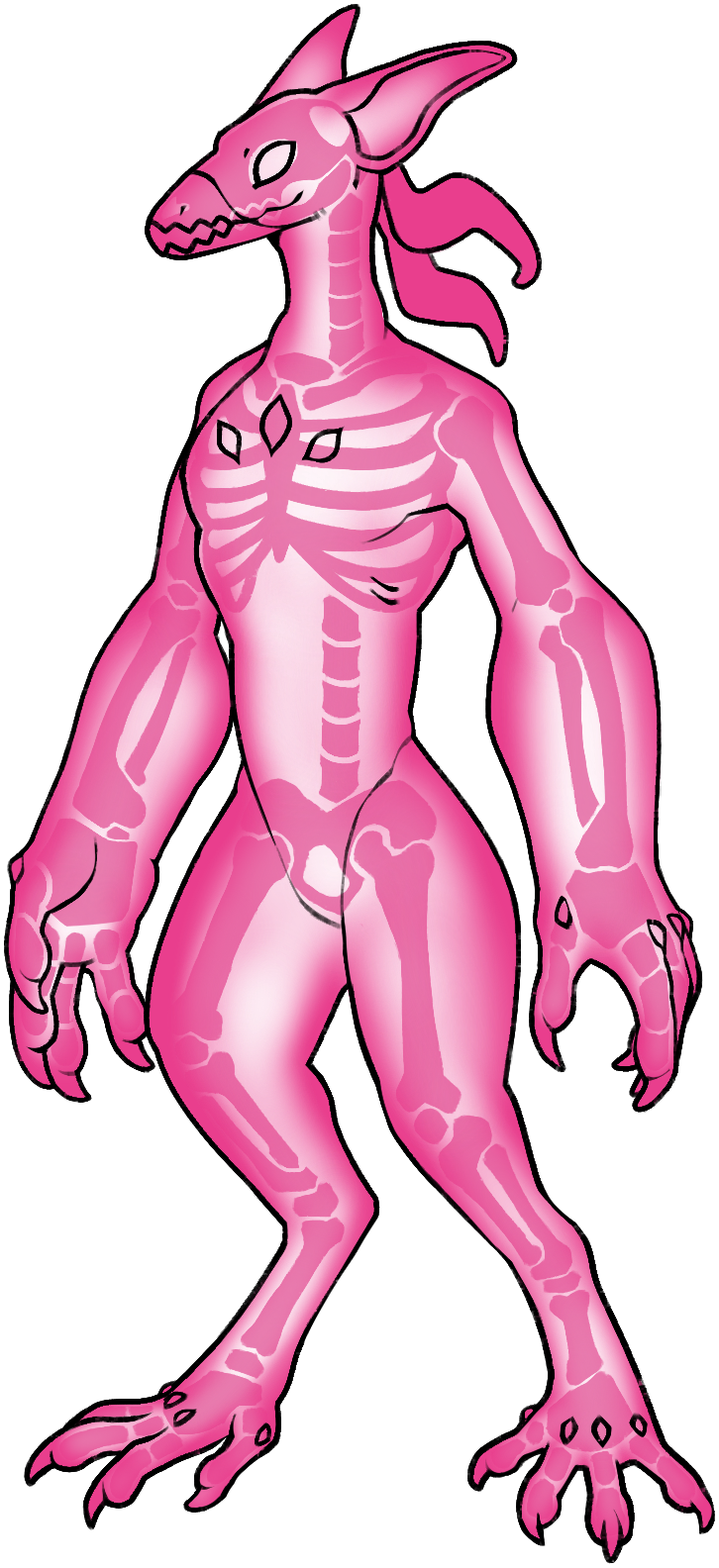
Guild (Crooks) (Oddity)
[Excessive magic that forms or collects around a Crook into a specific shape. Can appear in a variety of ways, such as clouds, object shapes, a halo, etc.]
- Can take the shape of abstract things like caster speak and celestial bodies, or animals and objects
- Can form around any part of the physical body
- Can be any color, or multi-colored
- Cannot move around to different locations
- Cannot change shape or animate like a living creature
- Cannot shift to different colors, unless using a color-changing trait
Can be applied by:
Common Tendrils (Common)
[This includes all Common Traits for Crook Tendrils. They do NOT need to be listed at all when uploading a design, and are strictly informational. You may use as many as you’d like while designing a MYO]
- Furred Tendrils
- Shoulder to Hip Length Tendrils
- Tendrils on Back of Skull
- Tendrils Down the Neck
- Stubby Tendrils - [Short, but still visible as tendrils]
- Any Pattern - [There is no limit to color or pattern]
- Mixed Length Tendrils
- Spiked Tendrils
- Mix Sized Tendrils - [Tendrils appearing in multiple widths. If you have thin tendrils, the thin tendrils trait is required for this]
- 2-9 Tendrils
- Retractable Tendrils - [Tendrils can retract into "Portals". Masterlist references must include a view with tendrils out to demonstrate placement]
- Differing Tendrils - [All tendrils may be affected by a tendril trait, or only certain tendrils. With different traits, some tendrils can display differently than others, for example a mix of Shaped Tendril Tip and Flat tendril. These traits may combine on a single tendril or be dispersed up to the designer's choice]

Tendrils on Forehead (Uncommon)
[Tendrils are located on the forehead]
- Tendrils are placed above the eyes and in front of the ears
- Can have tendrils on both the forehead and in common placements such as trailing behind the ears, on the back of the head, down the neck etc
Flat Tendrils (Uncommon)
[Tendrils are flat in shape]
- Tendrils must be flat vertically or horizontally
- Tendrils should still taper or round out at the end
- May not have holes, cuts, or odd shapes unless using Odd-Shaped Tendrils
Split Tendrils (Uncommon)
[Tendrils that split up to halfway down]
- Tendrils must be flat vertically or horizontally
- Tendrils split once
- Tendrils should still taper or round out at the end
- Tendrils can have shaped tips on each split
- Allows for a "Twin Tendril" Split up to half of the Tendril's length.
Can be applied by:
Shaped Tendril Tip (Uncommon)
[Tip of Tendrils has a unique shape]
- Affects only the tip of the tendril
- Shapes include stars, diamonds, spades, multiple small splits, etc
- May be semi-complex such as rings, holes, combinations of tip shapes, etc
- Tendrils may differ in tendril-tip shape
- Can effect the split tips of a tendril, and allowing both tips to display a shape
- May not resemble hands

